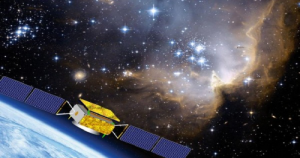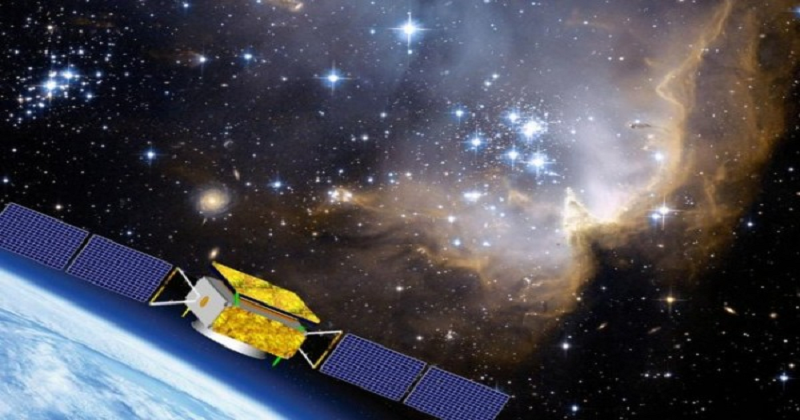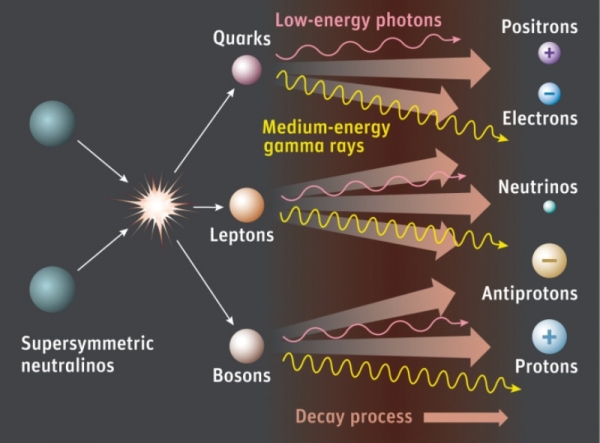
China’s Dark Matter Satellite DAMPE Sends Back First Data, Results Expected In Six Months
China’s Dark Matter Particle Explore (DAMPE) satellite, which launched on December 17 from Jiuquan Satellite Launch Center, Gansu province has started sending data to the ground stations. On Monday, December 21, scientists reported that China’s ground stations have just received the first data beamed back from DAMPE – first satellite dedicated to investigating dark matter.

The DAMPE satellite is also nicknamed as “Wukong” after the Monkey King character with penetrating eyes from a 16th-century Chinese novel, Journey to the West. A Kashgar station situated in Xinjiang tracked and obtained data from “Wukong” on December 20 at 8:45 a.m., taking around seven minutes to receive and record the data.
The information signifies that a transmission link was successfully established between DAMPE and ground stations. It was then transmitted to the National Space Science Center, reported the Chinese Academy of Sciences (CAS) in a statement. CAS announced that the data received is in the right format and of good quality.
The 1.9- tonne desk-sized satellite will be placed in the sun-synchronous orbit at a height of 500 km where it will scan for dark matter for first two years. According to officials, more than 100 scientists will analyse the data sent back by the DAMPE satellite and first findings will be published in the second half of next year. In addition, the satellite will be in space for at least five years and will be used for several other missions.

“The main scientific objective of DAMPE is to measure electrons and photons with much higher energy resolution and energy reach than achievable with existing space experiments in order to identify possible dark matter signatures,” scientists said. “It has also great potential in advancing the understanding of the origin and propagation mechanism of high energy cosmic rays, as well as in new discoveries in high energy gamma astronomy.”
Dark Matter: Dark matter is a hypothetical kind of matter that cannot be seen with telescopes but accounts for most of the matter in the universe (nearly 85 percent). The planets, stars, galaxies and everything else that we see makes up just 4.9 percent of the stuff in the universe. Roughly 26.8 percent is dark matter. The rest of the stuff, i.e., 68.3 percent is made up of dark energy, which physicists believe is causing the expansion of the universe to accelerate.
The existence and properties of dark matter are inferred from its gravitational effects on visible matter, on radiation, and on the large-scale structure of the universe. Although scientists haven’t seen dark matter yet, but several experiments have suggested that dark matter is omnipresent and accounts for more than 85 percent of our Universe’s mass. The new venture by China will unravel the mystery of Dark Matter.
The four-year initiative will launch two new satellites in 2016, one of which is touted as the first satellite for quantum communications and will probe if photos from Earth can be utilized as part of a quantum network. Another mission will situate an X-ray telescope with one-of-a-kind energy band sensing ability into orbit, aimed at monitoring black hole radiation.